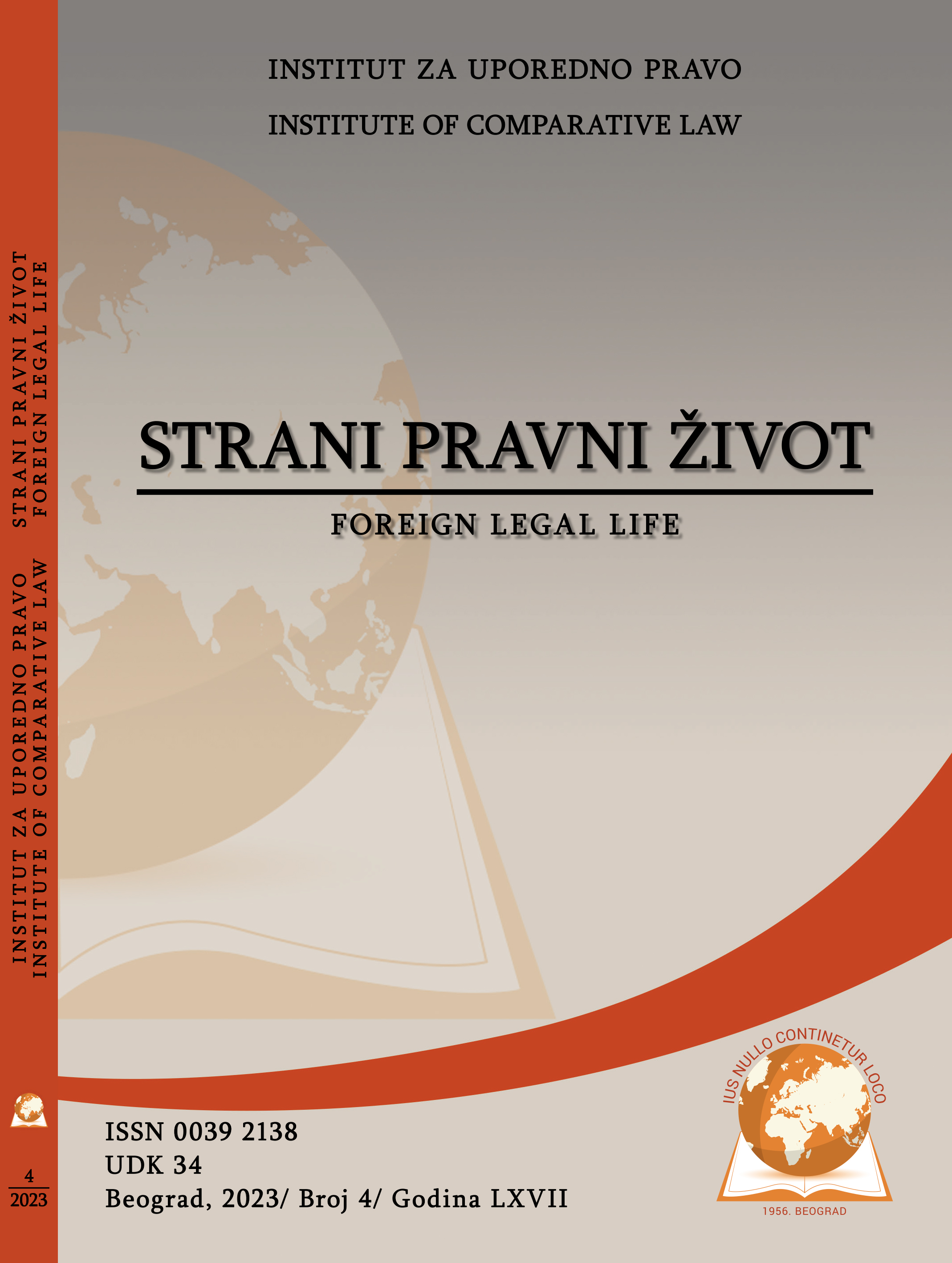THE COMMUNITY SENTENCE IN THE CONTEXT OF EUROPEAN STANDARDS AND SERBIAN CRIMINAL LEGISLATION
THE COMMUNITY SENTENCE IN THE CONTEXT OF EUROPEAN STANDARDS AND SERBIAN CRIMINAL LEGISLATION
Author(s): Đorđe Đorđević, Ivana P. BodrožićSubject(s): Law, Constitution, Jurisprudence, Criminal Law
Published by: Institut za uporedno pravo
Keywords: community sentence; national criminal legislation; penal policy; harmonization; possibilities; limitations
Summary/Abstract: The goal of the research is to determine how the community service sentence has been shaped nomotechnically; what has been the scope of its application, as well as what is the relationship between its normative and implementation levels. Comparative, normative and legal-dogmatic method will be used in order to draw conclusions about the main possibilities and limitation of criminal law repression in the contemporary discourse. This is followed by statistical data, which serve as a basis for an analysis and comparison between the expected and achieved effects of the analysed norms. In the concluding considerations, the authors state that the punishment of community service has been and remains a pillar of attitudes regarding the need to promote more active participation of the broader social community in the criminal justice system. Although its ratio legis is embodied in avoiding harmful aspects of the sanction of deprivation of liberty by increasing the potential for processes of reintegrating the convicted person into the society, and reducing both stigmatization on the one hand, and the costs of the penal system on the other, the authors conclude that there is a profound gap between the expected positive implications of the punishment and its actual effects in practice.The goal of the research is to determine how the community service sentence has been shaped nomotechnically; what has been the scope of its application, as well as what is the relationship between its normative and implementation levels. Comparative, normative and legal-dogmatic method will be used in order to draw conclusions about the main possibilities and limitation of criminal law repression in the contemporary discourse. This is followed by statistical data, which serve as a basis for an analysis and comparison between the expected and achieved effects of the analysed norms. In the concluding considerations, the authors state that the punishment of community service has been and remains a pillar of attitudes regarding the need to promote more active participation of the broader social community in the criminal justice system. Although its ratio legis is embodied in avoiding harmful aspects of the sanction of deprivation of liberty by increasing the potential for processes of reintegrating the convicted person into the society, and reducing both stigmatization on the one hand, and the costs of the penal system on the other, the authors conclude that there is a profound gap between the expected positive implications of the punishment and its actual effects in practice.
Journal: Strani pravni život
- Issue Year: 67/2023
- Issue No: 4
- Page Range: 585-602
- Page Count: 17
- Language: English

